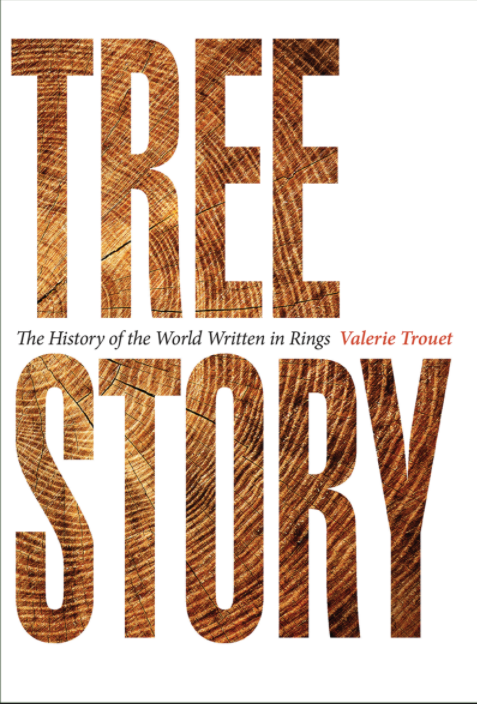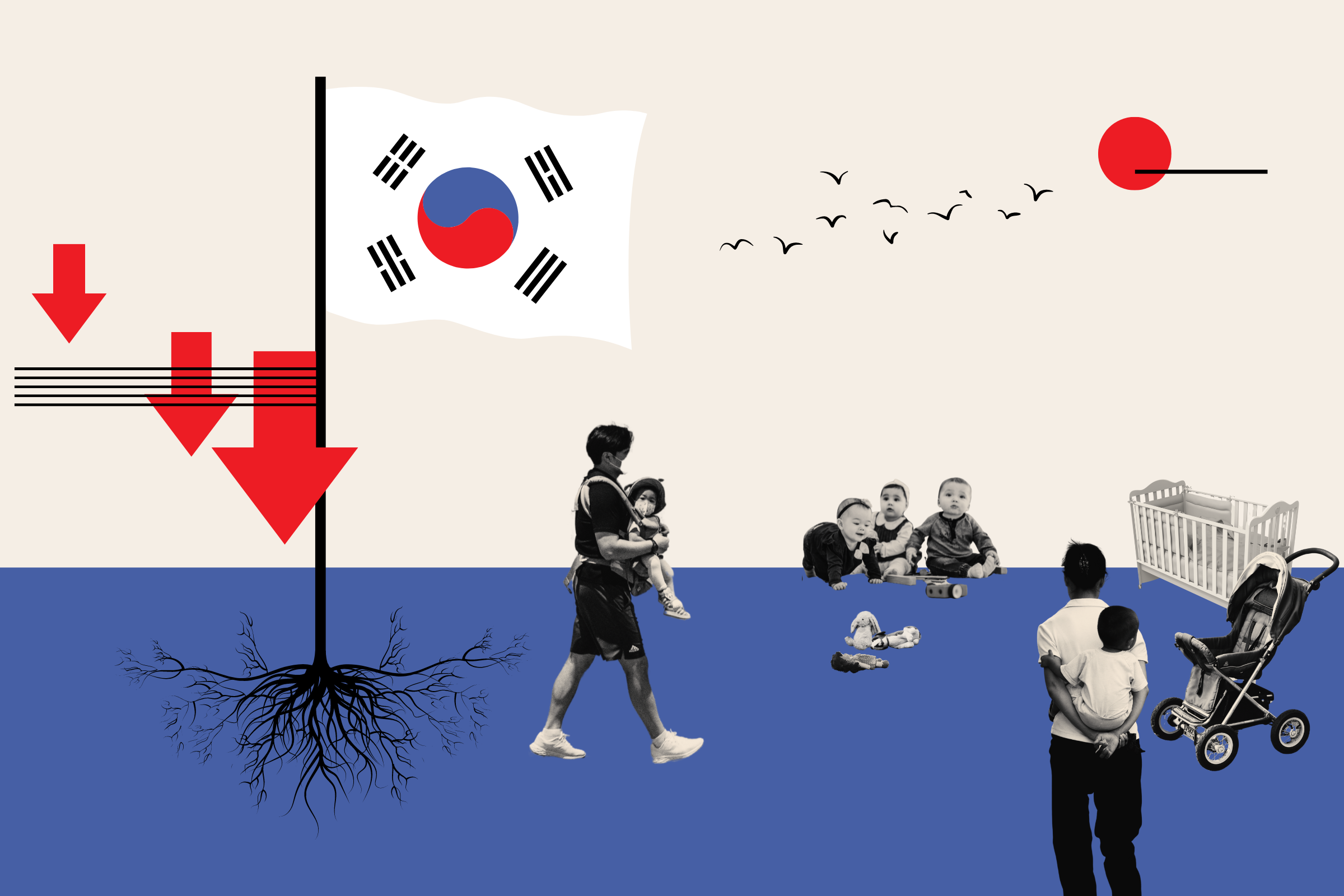The below is an excerpt from Tree Story: The History of The World Written in Rings by Valerie Trouet
The timeline of the failure of the Roman state is fairly well established and accepted, thanks to the Romans' love of writing. The circumstances contributing to its disintegration, however, have long been debated among historians and archaeologists. There is no consensus about the relative role of internal failures, such as escalating corruption and civil war, versus external factors, such as the barbarian invasions and pandemics.
Our climate reconstruction showed that this Roman Transition Period coincided with severe European climate instability, which raises the possibility that climate also contributed to the disintegration of the Roman state.
When studying potential links between climate history and human history, one of the most important principles to keep in mind is that correlation does not mean causation. To make a case for a role for climate vagaries in the failure of the Roman state, we need to establish realistic pathways through which an unstable climate could have interacted with political drivers and societal vulnerabilities to disrupt Roman society and to create a synergism that made the implosion of the existing sociopolitical system all but unavoidable.
The first of three potential pathways is probably the most intuitive one: the decadal fluctuations in hydroclimate and the cool temperatures of the Roman Transition Period were detrimental to agricultural productivity.
The Roman Empire expanded over three continents (Europe, North Africa, and Southwest Asia) and comprised a wide range of climate systems, offering the empire some resilience to run-of-the-mill weather whims. This geographical diversity provided a buffer to occasional local climate irregularities but was not up to the task of mitigating the large-scale climate turbulence of the Roman Transition Period. While widespread summer cooling shortened the growing season and reduced harvests in Europe, droughts diminished Rome's granary in North Africa.
According to papyri data, the Nile produced a fruitful flood on average once every five years during the Roman Climate Optimum, but during the Roman Transition Period favorable Nile floods occurred less than once a decade. Such decadal climate fluctuations are disruptive for agricultural societies because they are difficult to fight with social or technological innovations; this is true even in complex societies such as the Romans had built.

More frequent, annual fluctuations can be mitigated by building up, storing, and using reserves. But there are only so many reserves one can store. Once periods of drought exceed more than 5 to 10 years, conditions for food production and society as a whole can become very dire.
The role of Rome's societal fabric in enabling and aggravating the impact of climate perturbations on the agricultural engine of its economy cannot be emphasized enough. The million-resident metropolis of Rome relied on a relatively small farming community to feed a large nation of urbanites and army men. Toward the time of its fall, Rome's administration counted more than 35,000 employees, and its army numbered more than 500,000. The empire comprised more than 1,000 cities, all of which relied on surrounding farmlands for supplies and support. In lean years with low agricultural productivity, it was the rural community that suffered most from food shortages and starvation; this had a crippling effect on farmworkers and led to further productivity cutbacks.
To make matters worse, late Roman society was not only top heavy but self-indulgent. Rome's ruling class enjoyed their wine and olives. Because the best and most productive farmlands were reserved for such profitable crops, staples such as wheat and barley were pushed to more marginal lands. Agriculture in marginal environments is less productive, of course, but it also carries more risk: marginal farmland is more sensitive to climate change.

The tumultuous climate of the Roman Transition Period disproportionately impacted the productivity of marginal land. The yield of drought sensitive staples on these marginal lands plummeted during the fickle climate of the Roman Transition Period and reduced the carrying capacity of the Roman agrarian economy.
A second potential connection between climate instability and the disintegration of the Roman state is through the Völkerwanderung, the Migration Period, from ca. 250 to 410, during which Germanic tribes, such as the Saxons, Franks, and Visigoths, migrated to and infiltrated the Roman Empire. In 410, they invaded the city of Rome. The barbarians migrated westward into the Roman Empire because they were fleeing the Huns, who in turn were migrating westward from Central Asia.
One theory postulates that the westward migration of the nomadic Huns might have been driven by drought in their original stomping grounds that disrupted their pastoral economy. To investigate the validity of this theory, my LTRR colleague Paul Sheppard and his collaborators developed a 2,500-plus-year-long tree-ring chronology from drought-sensitive Qilian juniper (Sabina przewalskii) trees on the Tibetan Plateau.
To achieve such an extraordinarily long tree-ring chronology, they sampled 800-year-old living juniper trees, as well as historical construction wood. They then extended their tree-ring chronology even further back in time by sampling wooden coffins found in subterranean tomb chambers dating back to the seventh through ninth centuries. Their Tibetan Plateau tree ring chronology reveals a severe drought in Central Asia in the fourth century that might have led the nomadic Huns to quite literally seek greener pastures to the west and south.
In doing so, the Huns invaded barbarian grounds, and the rest is history.
Views expressed in this article are the author's own.
Tree Story: The History of The World Written in Rings by Valerie Trouet is available now (Johns Hopkins University Press)
Valerie Trouet is a paleoclimatologist who uses the rings in trees to study the climate over the past ~2,000 years and how it has influenced ecosystems and human systems. She is an Associate Professor in the Laboratory of Tree-Ring Research at the University of Arizona. Valerie has used tree rings to study hurricanes, snowpack, wildfire, and the jet stream. She has studied the influence of climate on historical events, such as the Fall of Rome, the Ottoman Crisis, and the Golden Age of Piracy.
Uncommon Knowledge
Newsweek is committed to challenging conventional wisdom and finding connections in the search for common ground.
Newsweek is committed to challenging conventional wisdom and finding connections in the search for common ground.
About the writer
To read how Newsweek uses AI as a newsroom tool, Click here.





